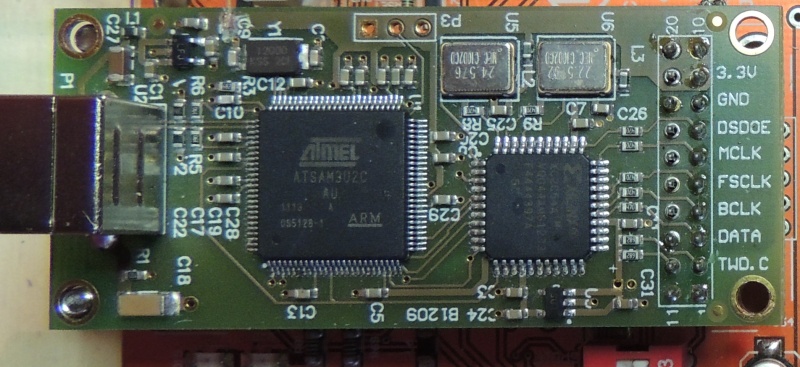Femto Clock in a Streamer - why ??
73.229.29.71 |
||
| Posted on October 27, 2015 at 14:29:22 | ||
|
Posts: 49046
Location: Maidenhead Grid Square DM79 Joined: June 22, 2001 Contributor Since: February 2, 2002 |
If certain DACs come with precision femto clocks (including the Auralic Vega, for example), is there a benefit to the femto clock in the streamer, like in the Auralic Aries? Which one acts as the master clock, the one in the streamer or the DAC? If one is the master, then isn't the femto clock unnecessary in the other?
|
|
| Which one acts as the master clock, the one in the streamer or the DAC, posted on October 28, 2015 at 02:45:18 | |
|
Posts: 1877
Joined: March 31, 2008 |
I do think it is protocol dependent In case of traditional audio protocols like AES/EBU or SPDIF the source is also the generator of the timing. Hence the DAC is slaved. In case of async USB the timing is decoupled hence the DAC is in control. As we know "In theory, theory and practice are the same. In practice, they are not." An example, the Vega can't often be run with the clock in highest precision when connected to a PC with async USB. The Well Tempered Computer |
| RE: Femto Clock in a Streamer - why ??, posted on October 28, 2015 at 19:38:27 | |
|
Posts: 821
Joined: January 18, 2002 |
Well, femtoclocks are great at resolving engineering needs of low-jitter digital devices like multi-GHz CPUs, SATA interfaces, PCI Express, etc... But we're talking audio devices here with sample rates in the low MHz (DSD) and most often <192kHz in terms of timing demands of the final output. The real question is therefore - what engineering question is the femtoclock "solution" supposed to address? What "jitter" in audio requires this resolution? What device can anyone demonstrate femtoclocks materially improving the output quality in? Hey, I'm all for technological improvement and it's great that products are out there to be purchased for anyone who wants the tick-box checked when purchasing a SOTA DAC... But I think it's quite clear that this is unnecessary over-engineering whether in the streamer or DAC side. And logically the OP is correct in suspecting that a better clock in the DAC is more important.
|
| Bargain!, posted on October 29, 2015 at 11:27:45 | |
|
Posts: 1877
Joined: March 31, 2008 |
Is it over-engineering or as it is a part common used in computers hence mass produced a way to get extremely low intrinsic jitter at a bargain price :)
The Well Tempered Computer |






